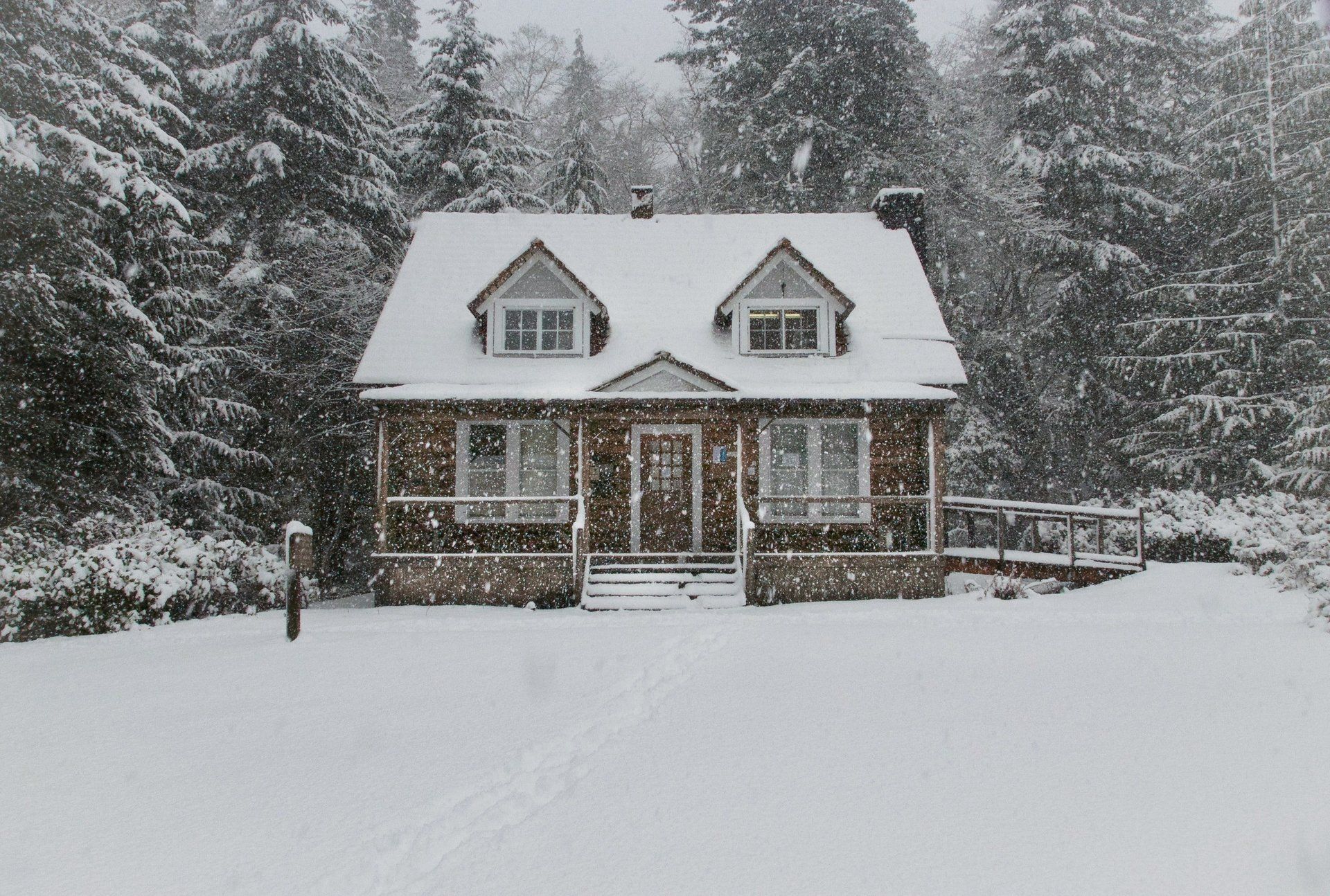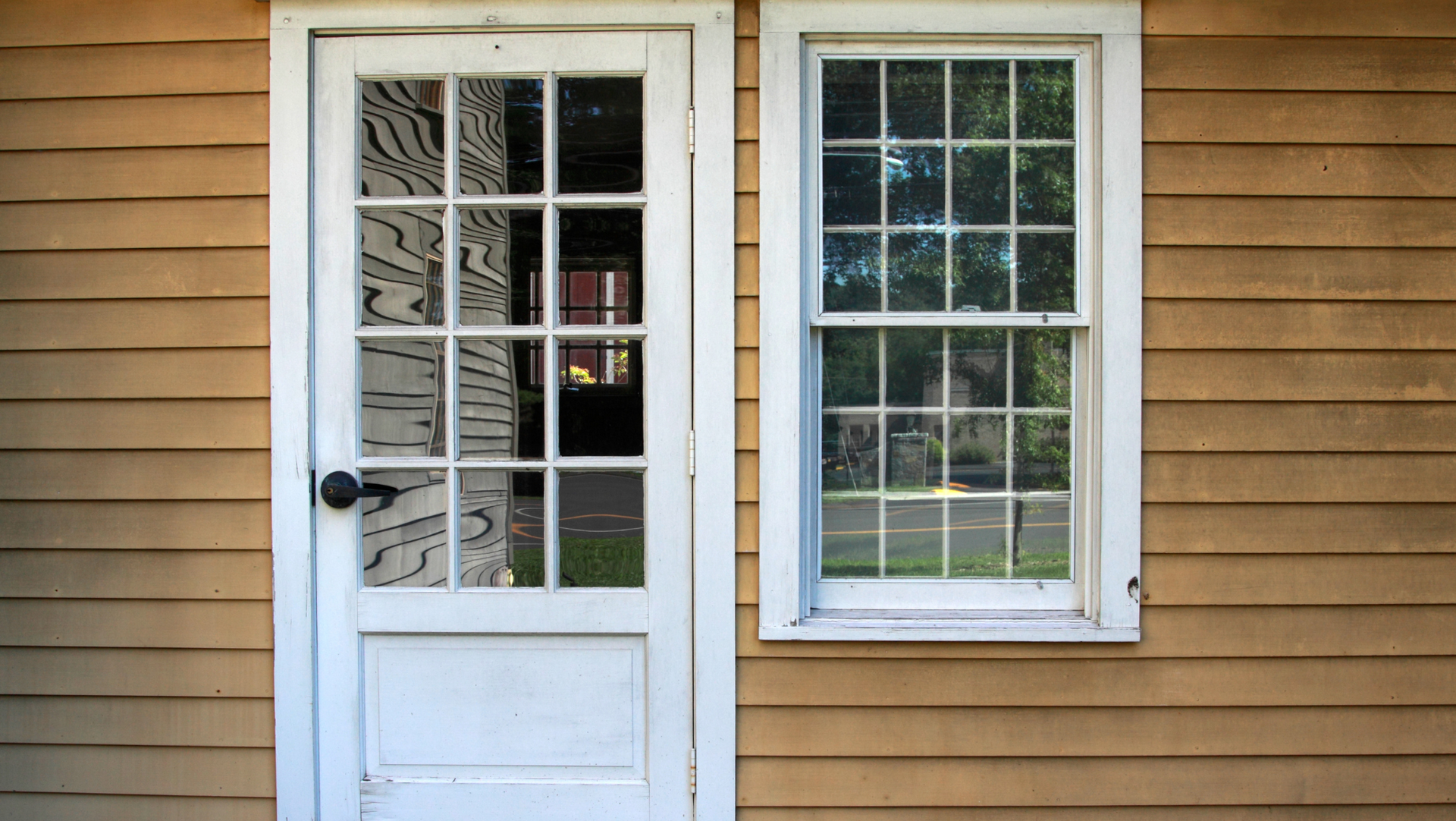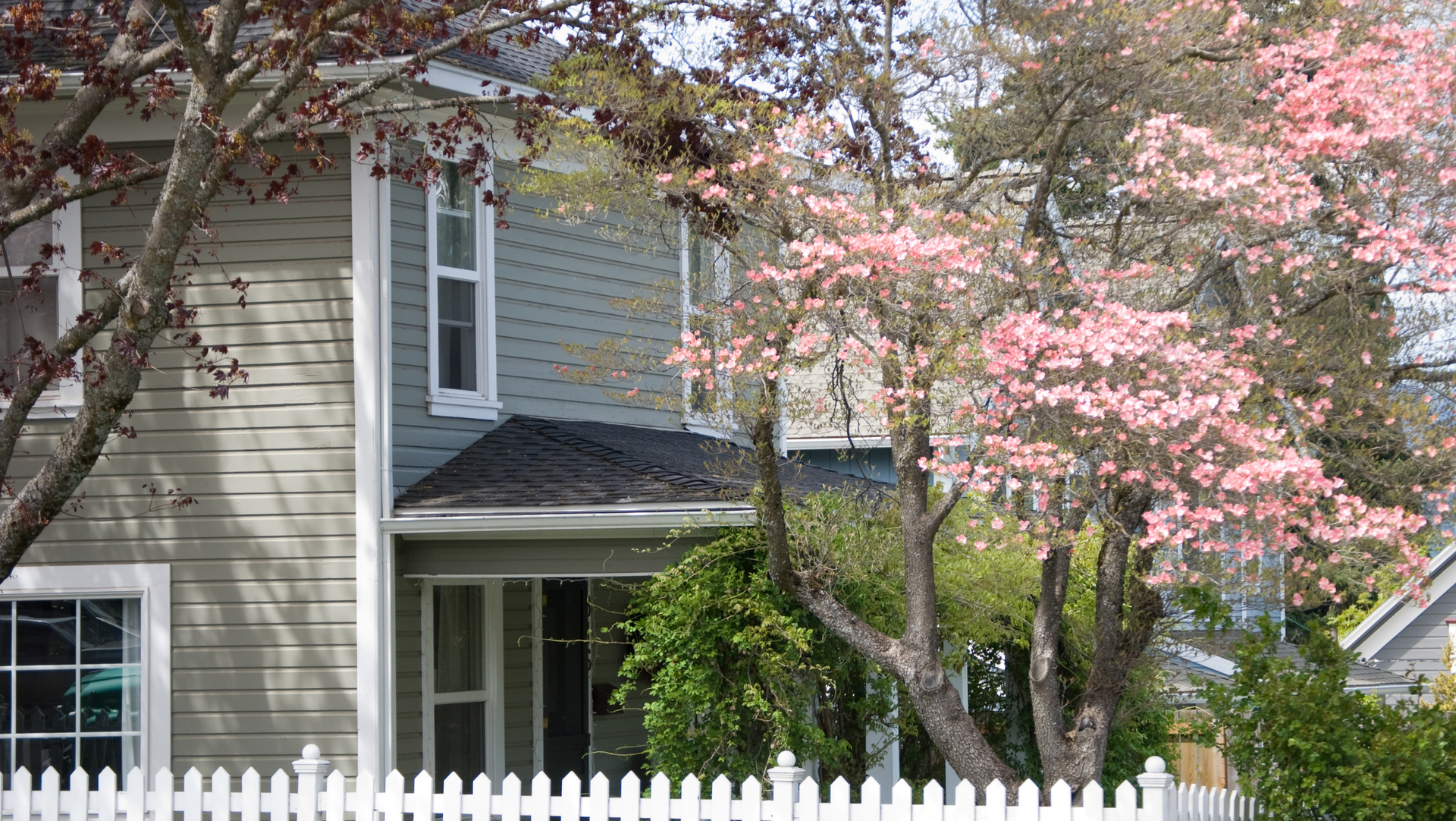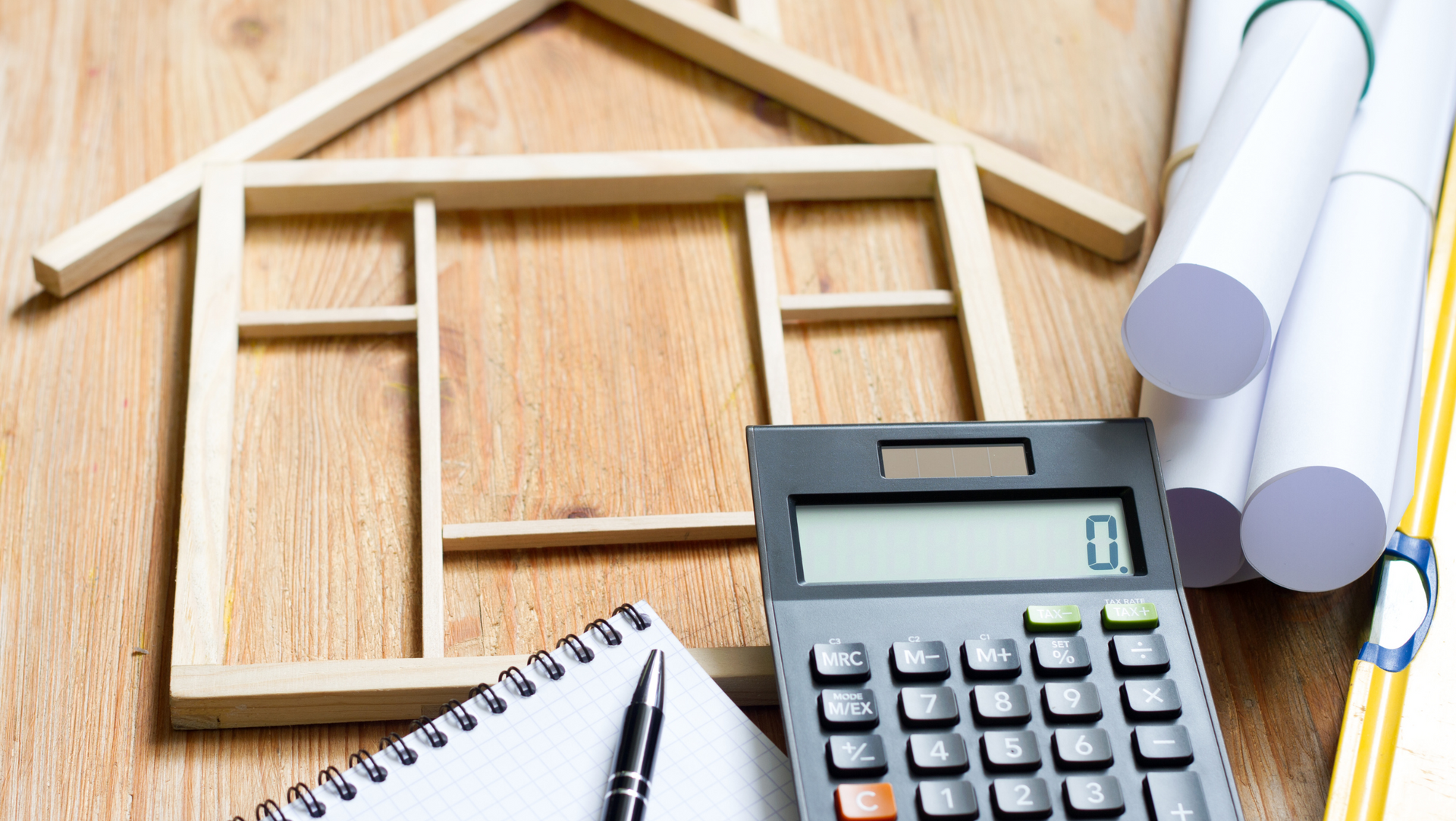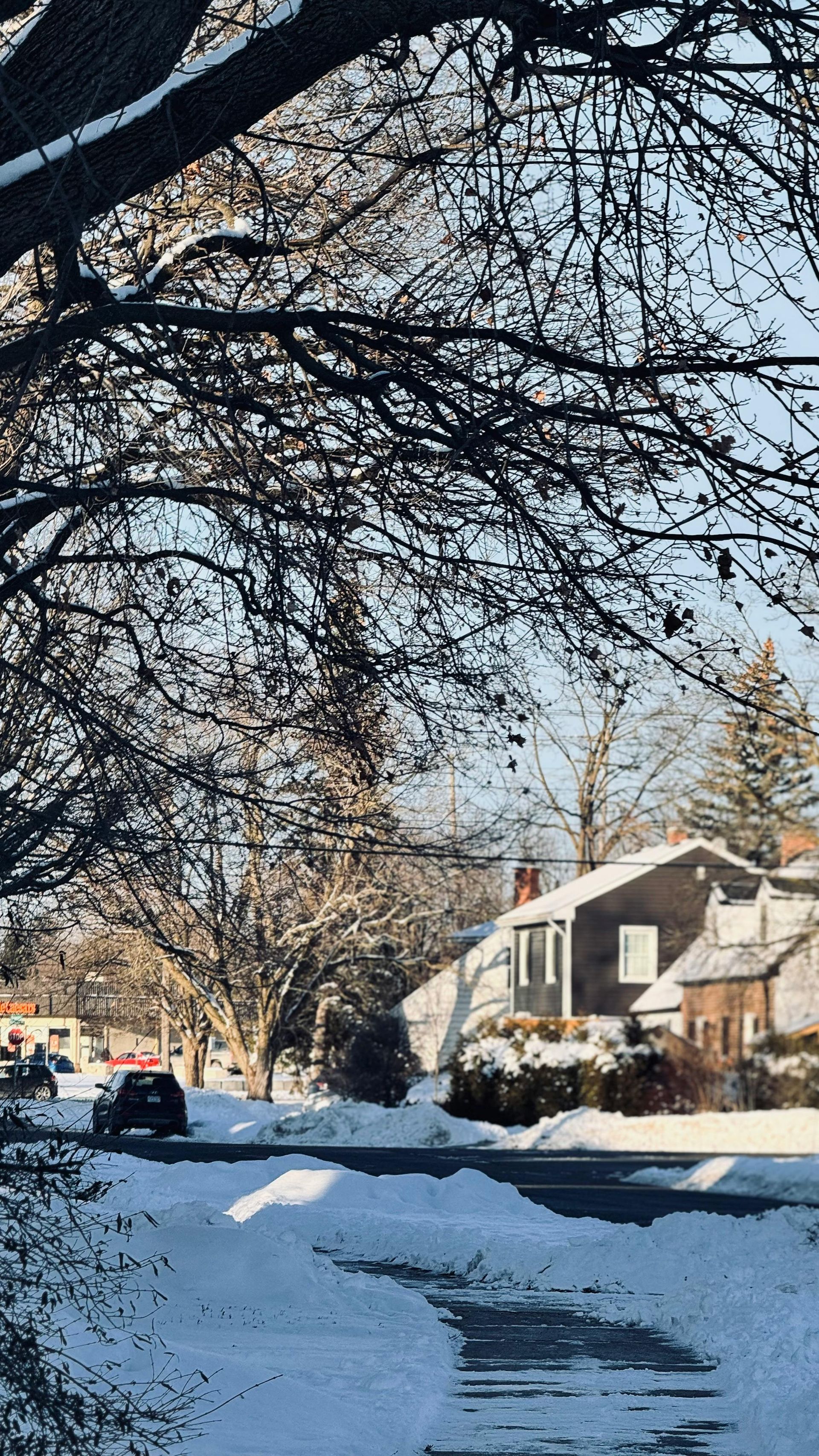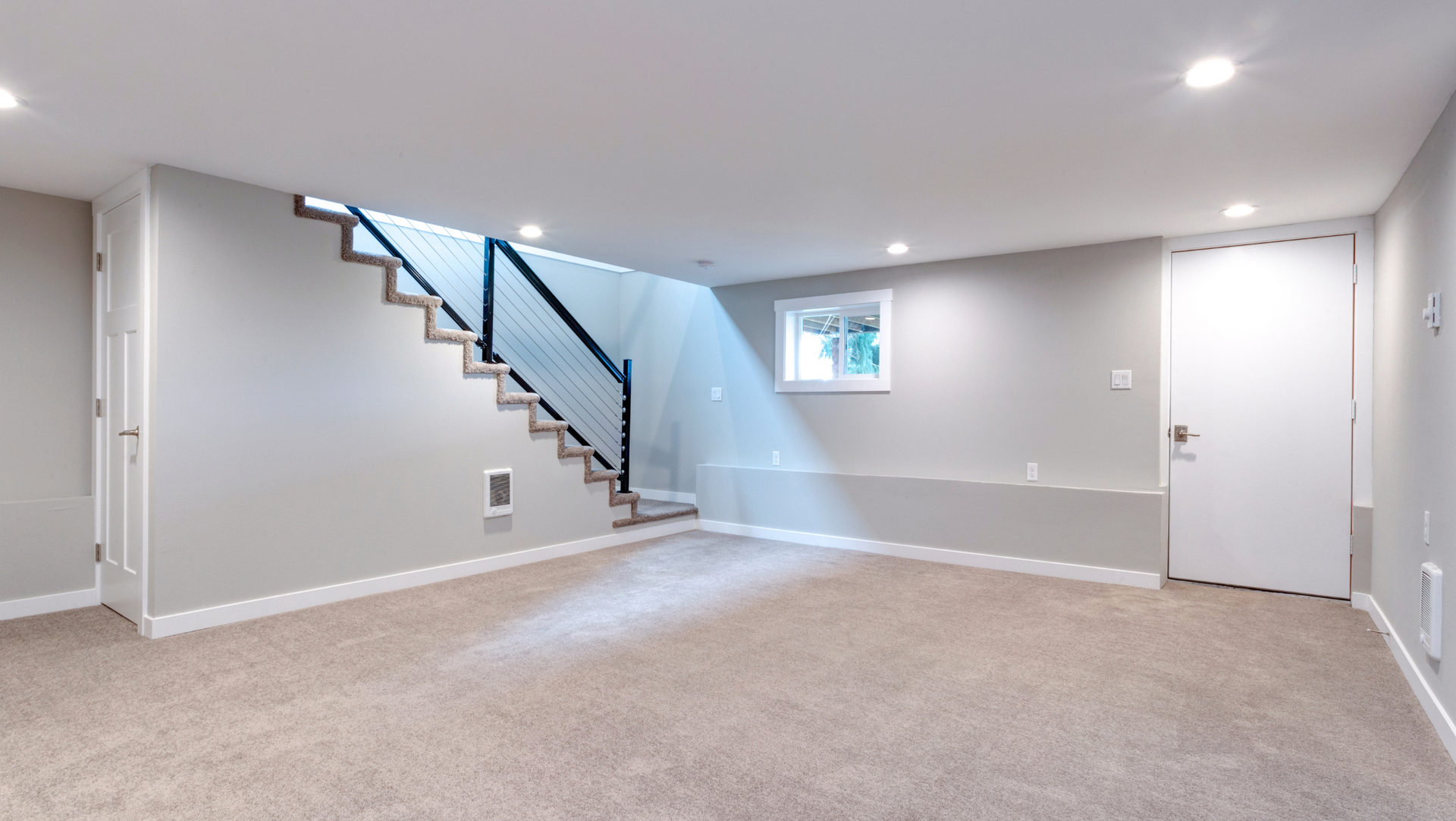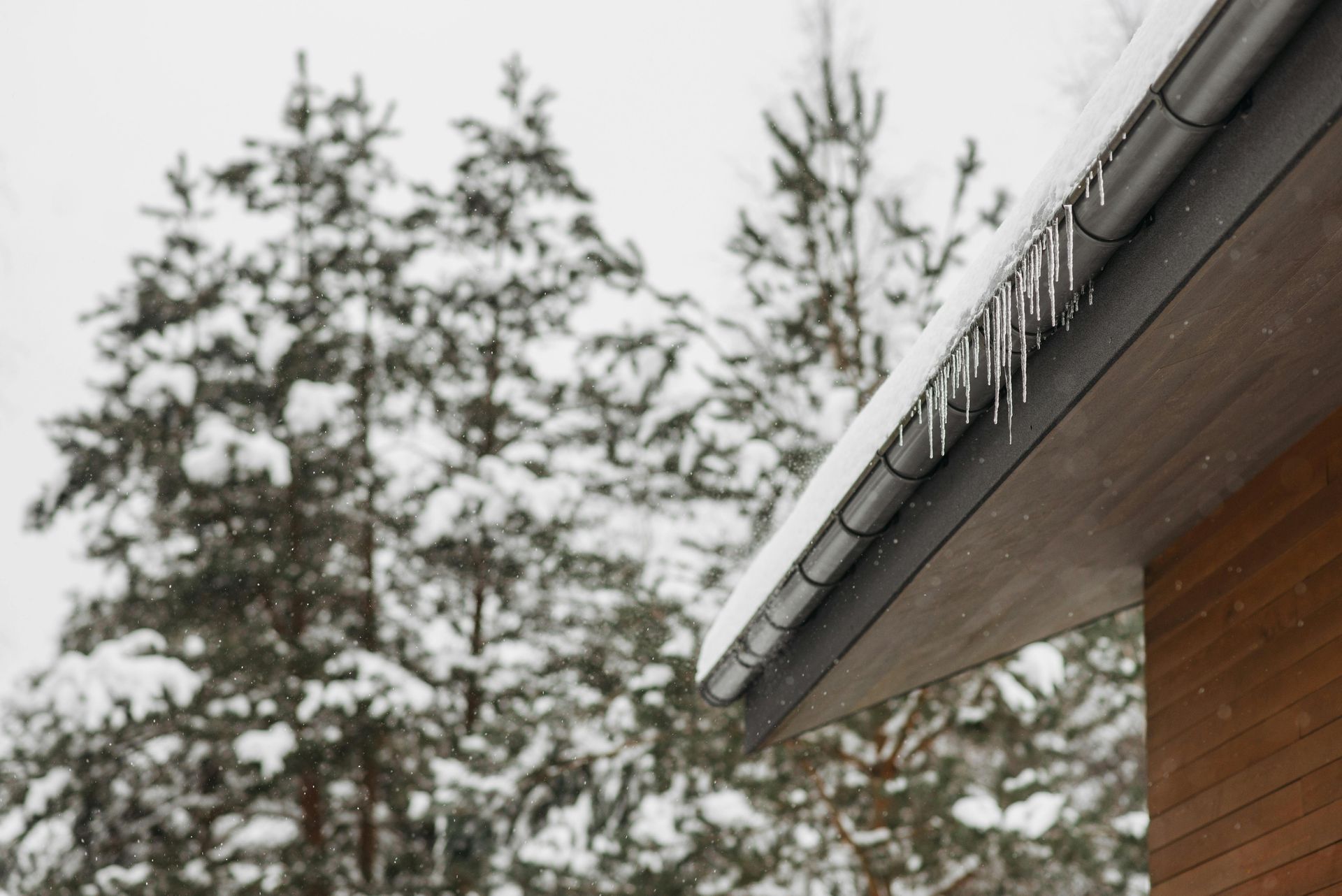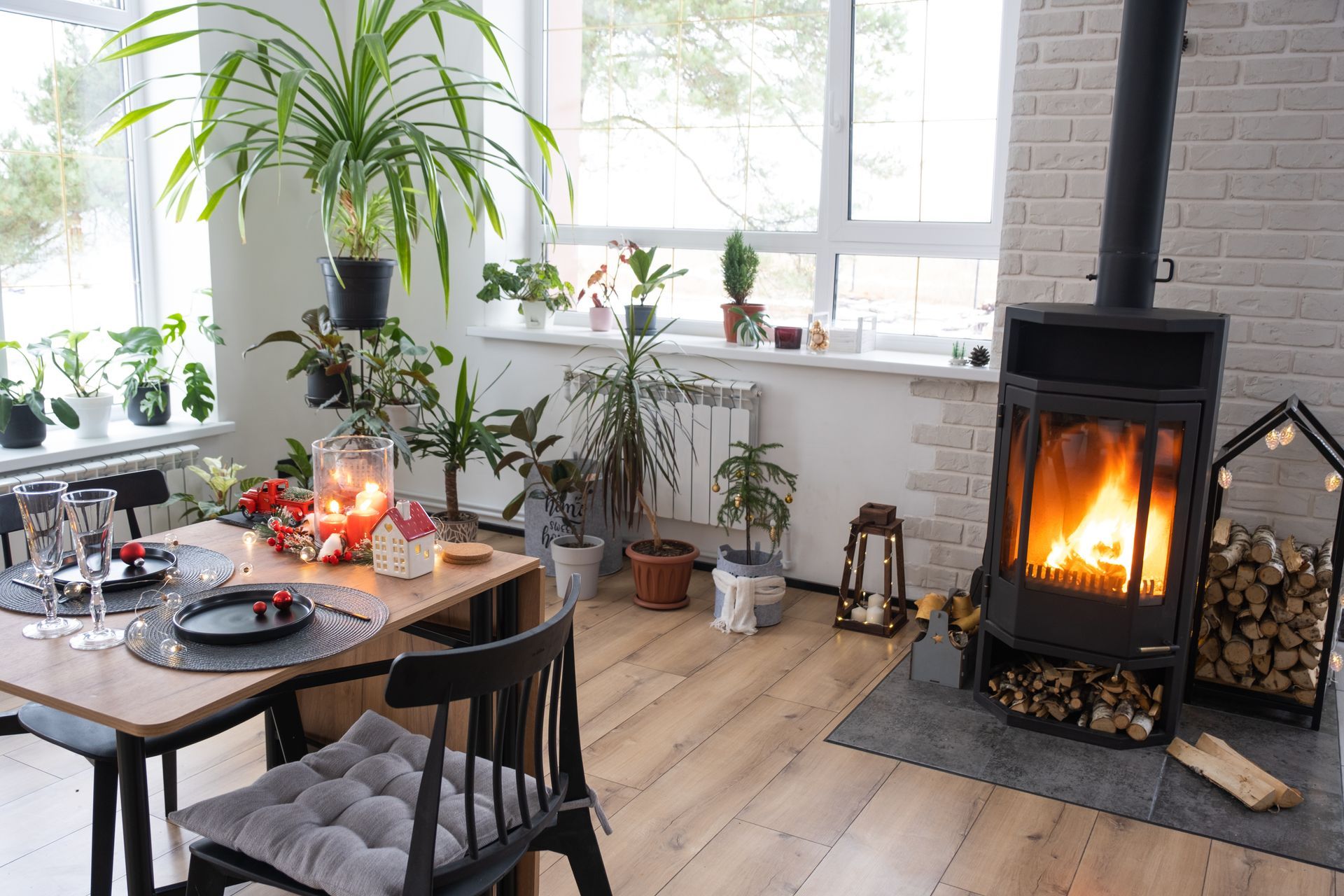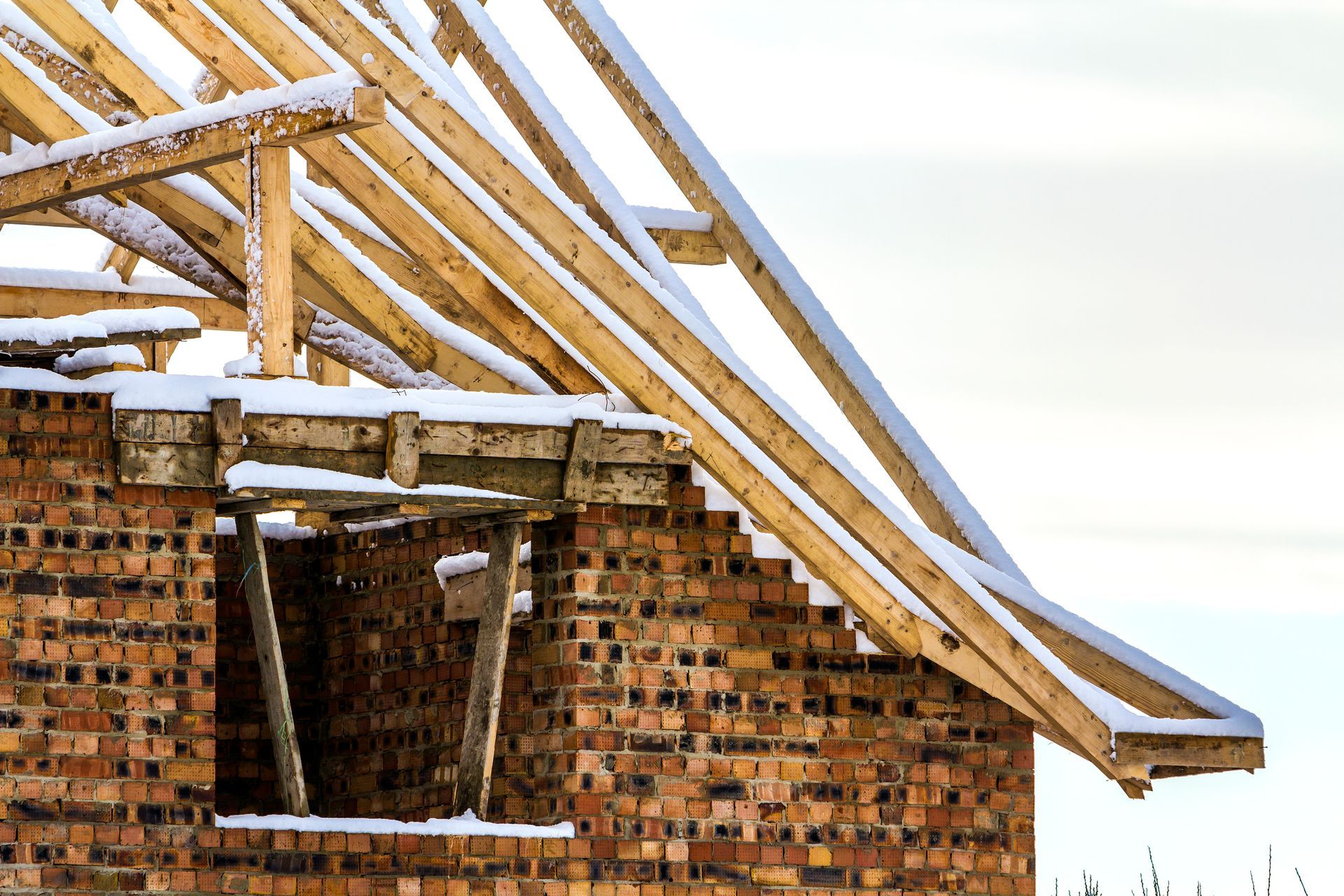Keep Your Home Cozy With These Weatherization Tips
Leaves are falling, the wind has begun to blow, and the temperatures are dropping. If you haven’t begun to prepare your home for winter now is the time. There are steps you can take to help lower your energy costs while making your home warmer. Even small steps can make a difference in your monthly energy bills.
5 tips for weatherizing your home for winter
- I can be a very daunting task to figure out where to start with weatherization. Here are five easy home weatherization tips to help you lower your energy costs and create a warm cozy home even when the temps drop.
- Clean your gutters. Yes, it’s a nasty job, but clogged gutters are the number one reason ice dams build up. Ice buildup can create water spots inside your home. Sealing home air leaks can help prevent this problem, as well.
- Install — and set! — programmable thermostats. This is one of the easiest home weatherization tips to make your home heat more efficiently. Programmable thermostats are easy to install and ENERGY STAR estimates you can save as much as 10% on heating and cooling costs whenly using one. The critical piece is actually using the thermostat once you have it. Set it to the recommended temperatures, cooler while your away and sleeping and warmer when your home and awake Then just enjoy the savings.
- Change ceiling fans to rotate the correct way. Many only think of ceiling fans as a summer tool for cooling. But a ceiling fan can be an important tool in your home weatherization tips toolbox year-round. In the winter, it can also be used to rotate air flow so that heat rising into a high ceiling is blown back down to where it can do the most good — where the people are. That can only happen if it’s blowing the right way, however.
- Check, clean or replace central heating filters. Checking filters is on ENERGY STAR’s monthly home weatherization tips checklist. ENERGY STAR recommends checking filters monthly and changing them every three months, at least. A dirty air filter slows down air flow and makes a system work harder, thereby wasting energy.
- Flush your water heater. Sediment inevitably gathers inside your water heater (unless you have a tankless one) and impedes the water flow. Flushing is an easy DIY task to weatherize your home for winter. There are many resources available online to do this yourself.
- Windows and doors top the list of culprits for air leaks and other issues that can lower the energy efficiency of your house. Paying attention to window weatherization and weatherizing doors, then, are among the smartest ways you can weatherize your home for winter.
With these tips your sure to save money and energy while keeping your home warm even when the temperature drops.

